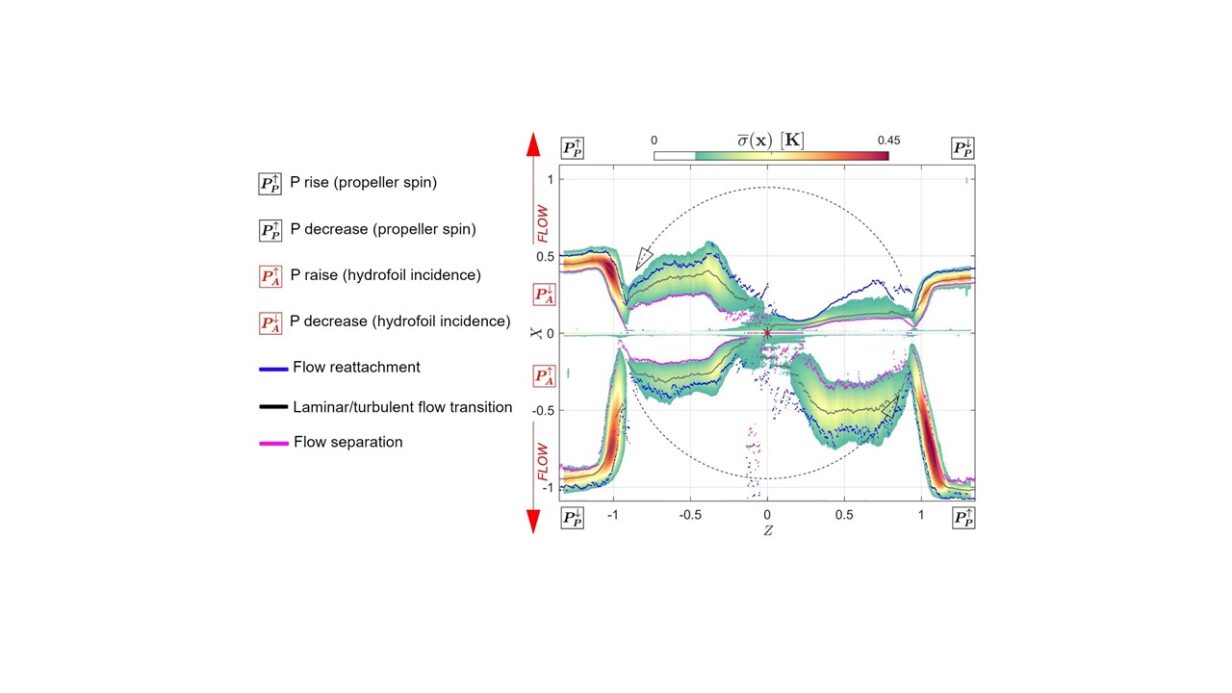
Where and when
June 20, Monday · 11:00 – 12:00AM @ Via di Vallerano 139, Sala Consiglio or via Google Meet: https://meet.google.com/pei-utfk-vco
Abstract
The
onset of flow separation and reattachment on the surface of a body embedded in
a flow field strongly alter the boundary layer paradigm. In the case of a foil
at moderate angles of attack, the rising of these events often leads to the
outbreak of a Laminar Separation Bubble, a thin reverse flow region usually
housing a laminar/turbulent transition within, whose presence affects the lift,
the drag, the vibrations, and the acoustics. It further enhances the
non-trivial difficulties in dealing with the measure, or simulation, of the
flow close to the wall and represents a still open challenge.
The speech reports a new theoretical connection between the temperature distribution at the wall and the topology of the separating bubble, building a bridge between the higher-order temperature statistics on the surface of the foil and the places where critical events occur.
The method applies to a lifting NACA 0015 hydrofoil, coated by a functional layer of Temperature Sensitive Paint, and placed in the wake of a marine propeller. Numerical data about the flow field, coming from Detached Eddy Simulation, support the connections between the critical locations’ dynamics on the hydrofoil’s surface and the phase evolution of the pressure gradients imposed by the propeller to the incoming flow.
The strong-hyperbolic regions identified by the temperature statistics-based criterion reliably unveil where, when and if, separation and reattachment occur. The assimilation of this uncommon knowledge with pressure gradients by DES and with skin friction fields again by TSP allows describing the remarkably complex scenario of a lifting body in a propeller wake, driving a strategy for numeric code calibration to reproduce separate flows under challenging conditions.
Short bio
Massimo Miozzi, Ph.D., is a research scientist at the Institute of Marine Engineering CNR-INM (ex INSEAN) in Rome, Italy. His research areas cover experimental and applied hydrodynamics and theoretical hydrodynamics models. He contributed to the development of image-analysis algorithms for the measurement of kinematic quantities in single and multiphase flows and for the skin-friction direct estimation through the measurement of surface temperature via Temperature-Sensitive-Paint. Main topics of application concern the study of the topology at-the-wall of attached and separated flows and associated themes, e.g. active and passive drag reduction as well as transition and turbulence among the others. Other topics of interest focus on geophysical themes and include the physical models of free-surface flows at river mouth and of the wave-excited marine coastal seabed dynamics.

